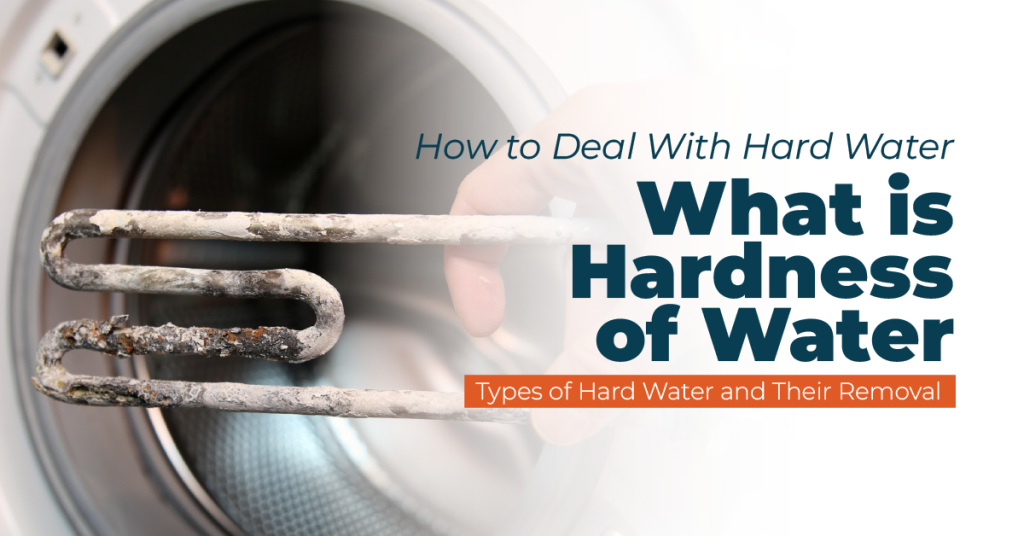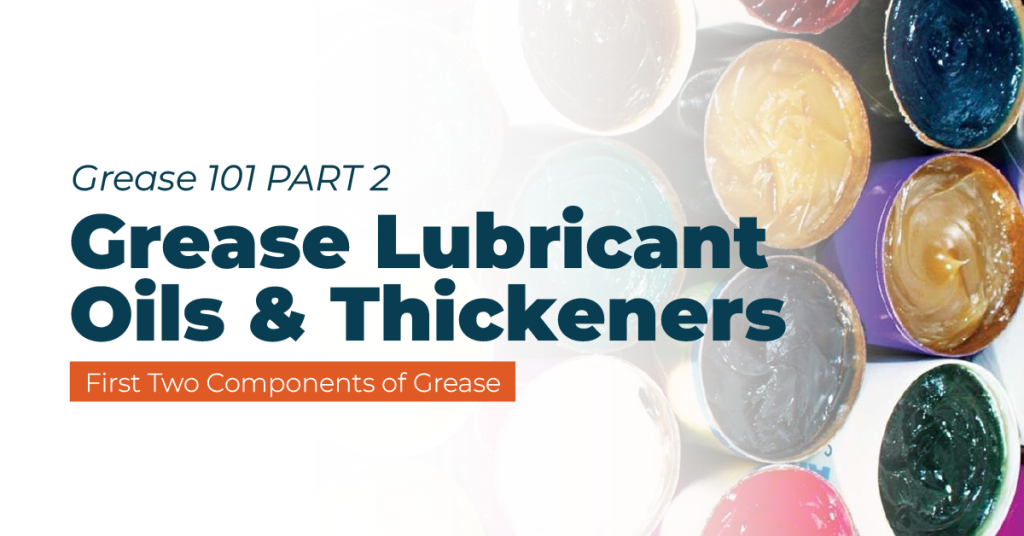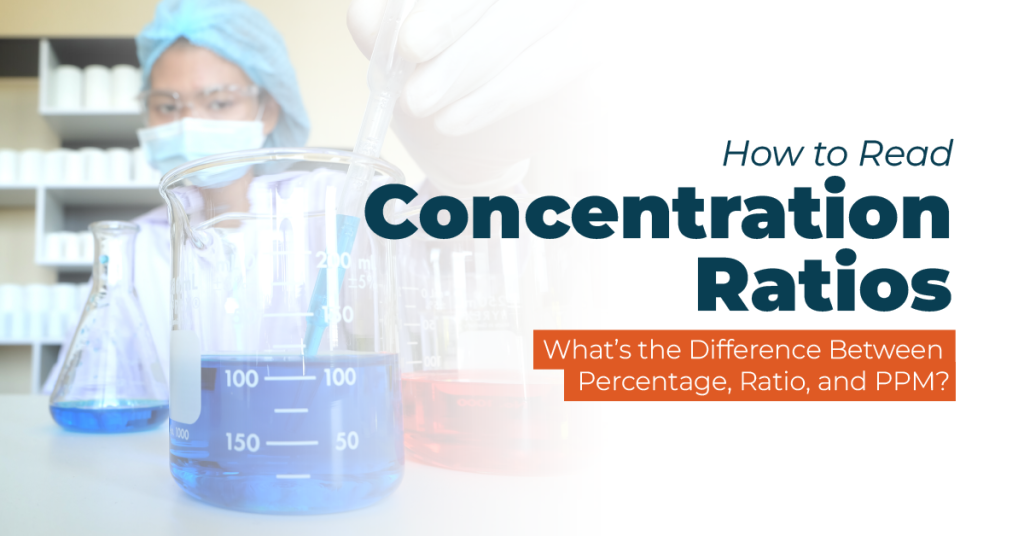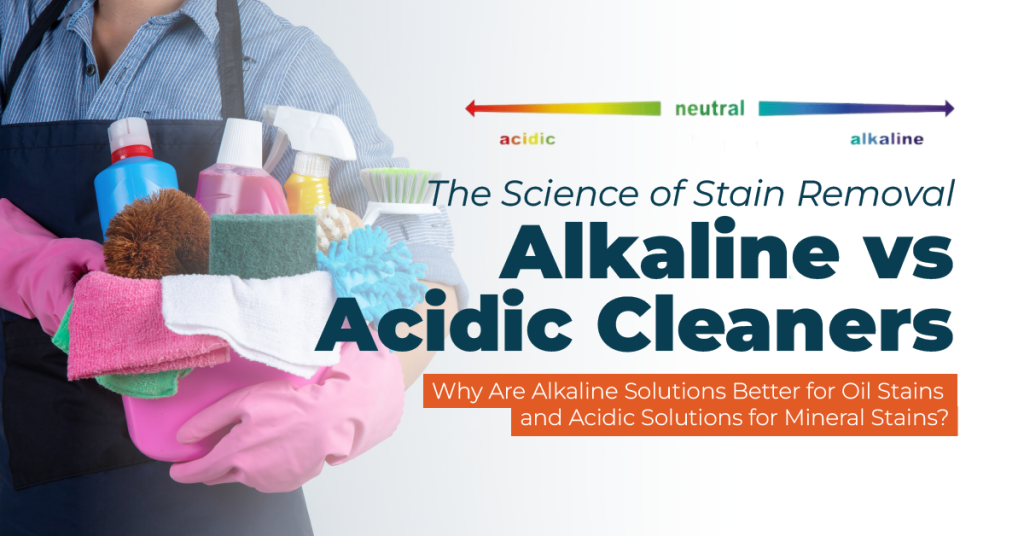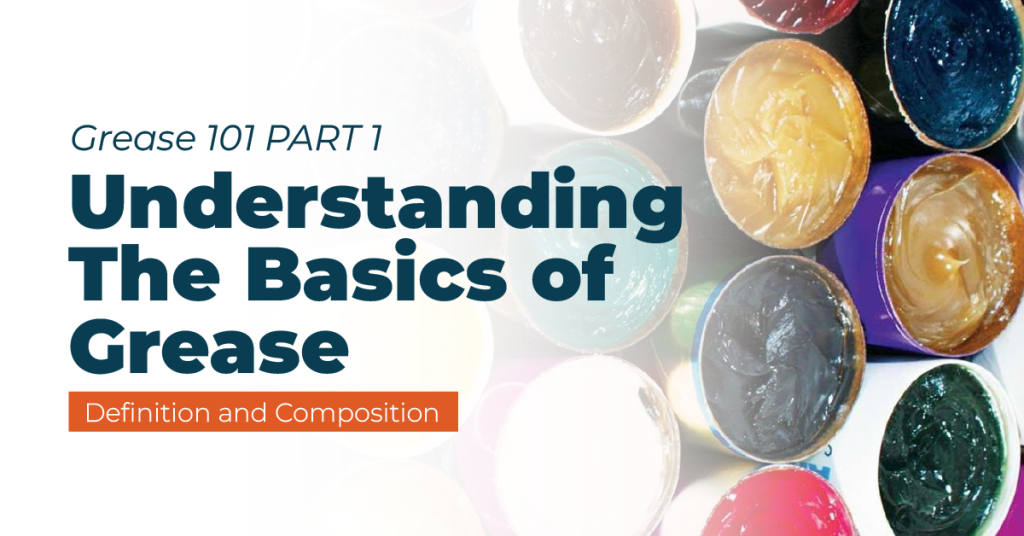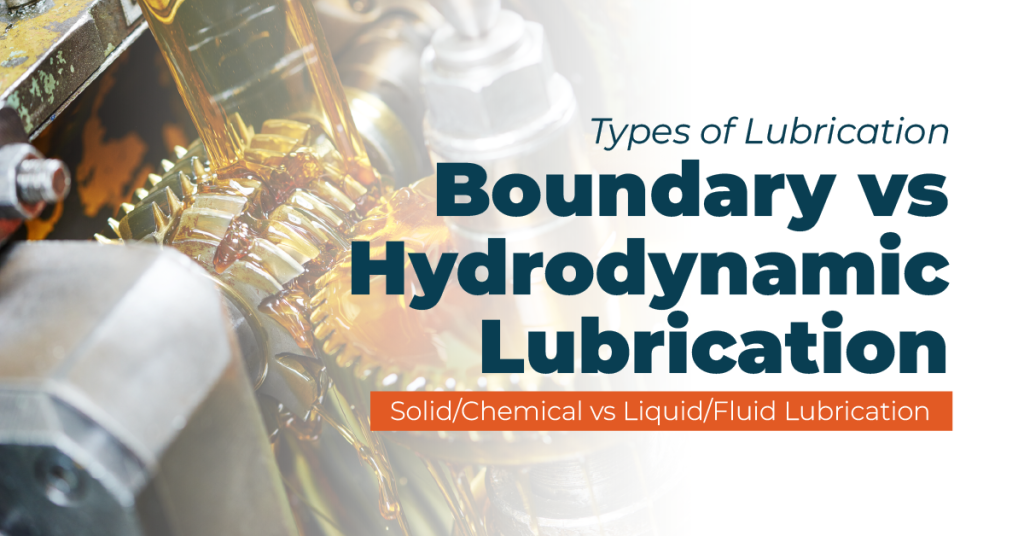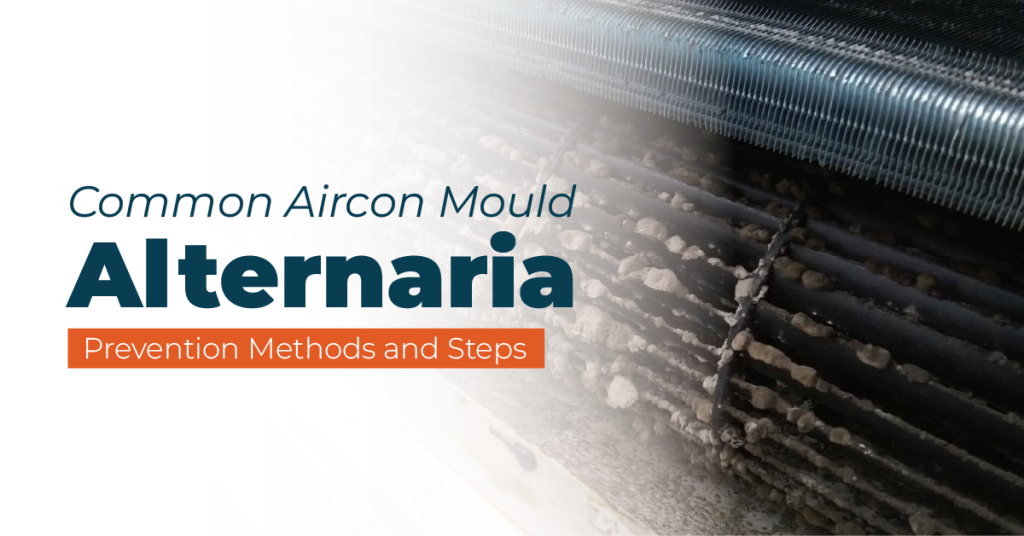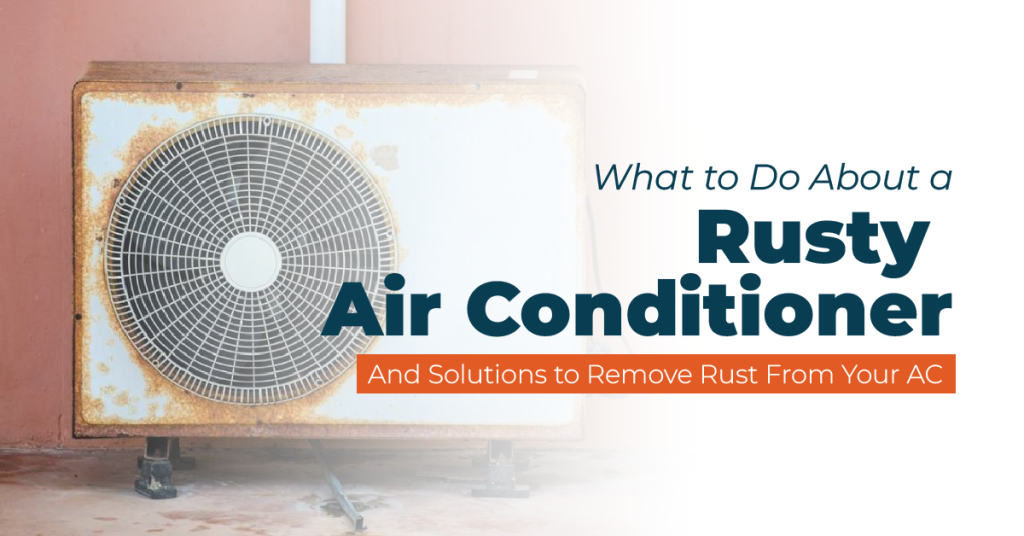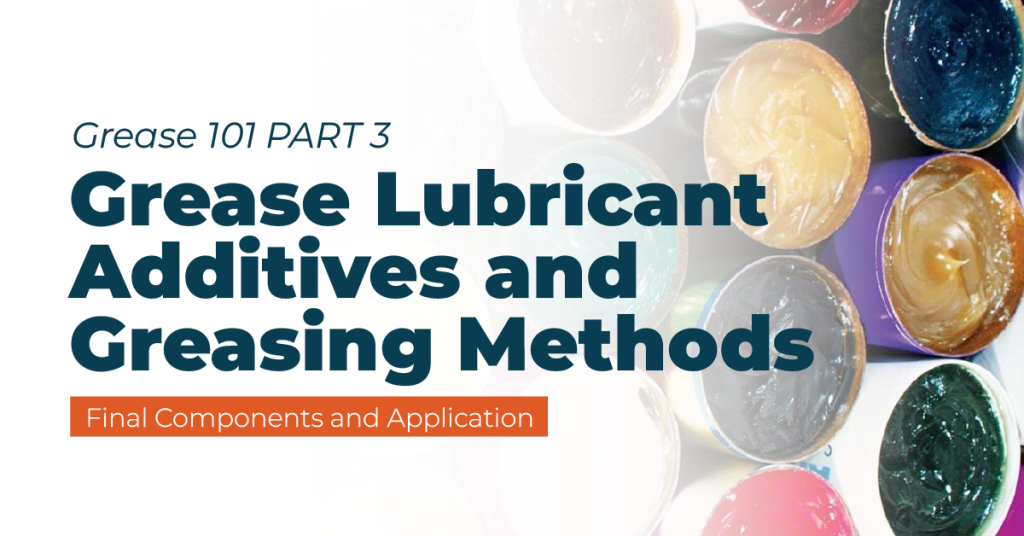
Grease 101 PART 3: Grease Lubricant Additives and Greasing Methods
Welcome to the third instalment of Grease 101. In PART 1 of the series, we provided an overview of grease lubricants, covering aspects like base penetrability, NLGI grade classification, grease drop-point, and dmN factor measurement. In PART 2, we explored lubricating oil and thickeners, elucidating their types and inter-compatibility. This third and final part of the series is dedicated to additives, the third grease lubricant component. We’ll delve into their various types, assess advantages and constraints, and conclude with a

